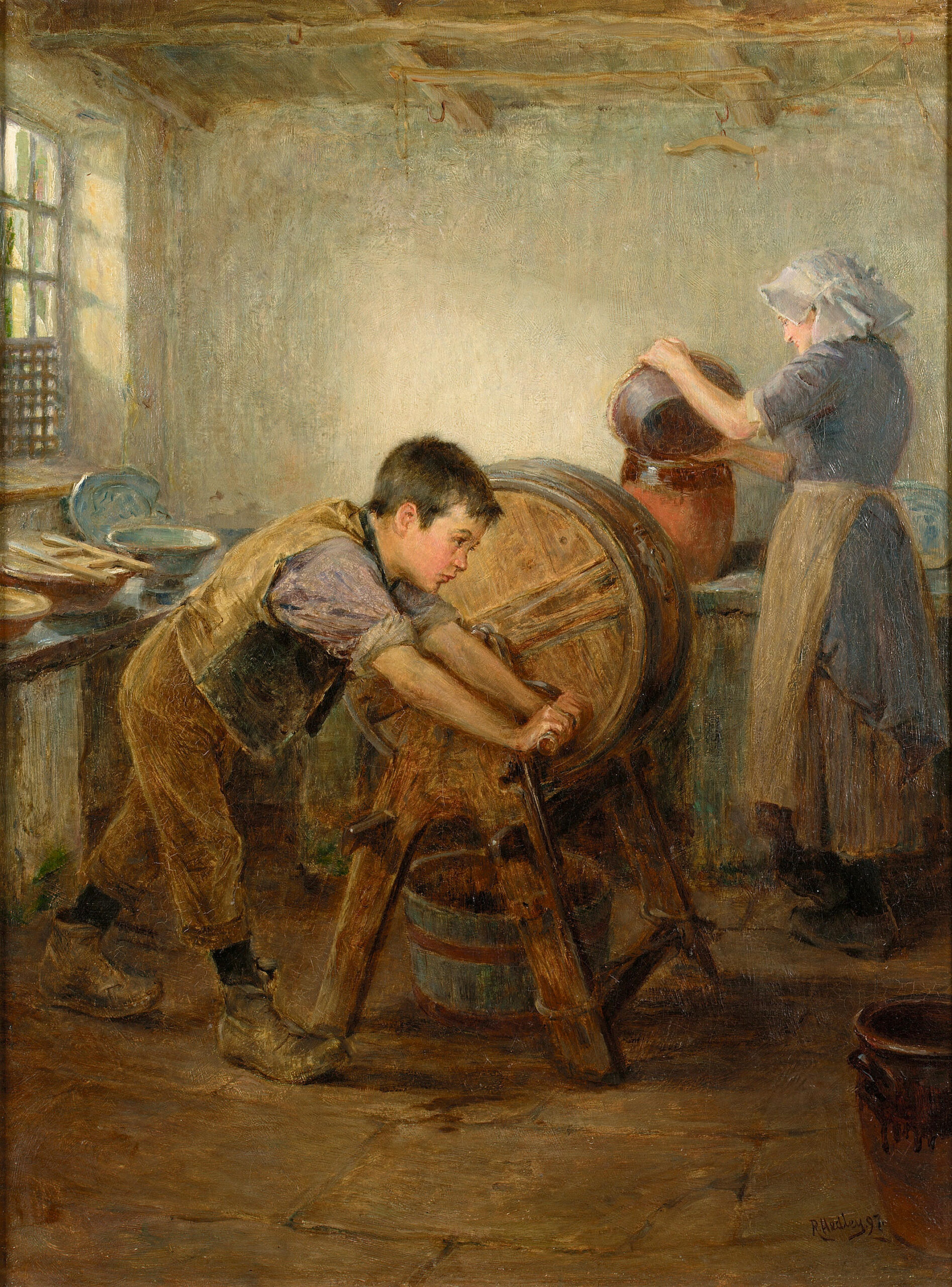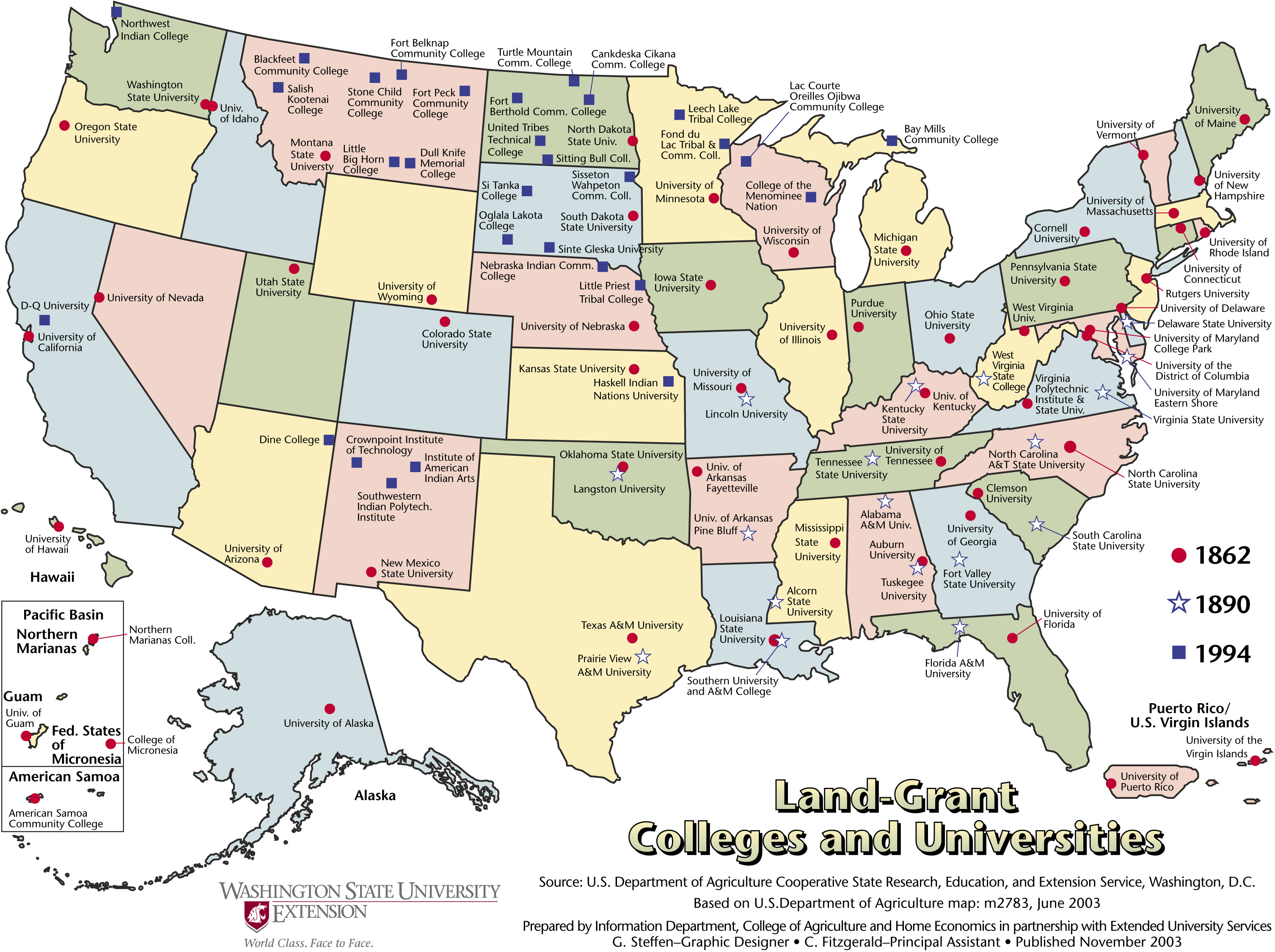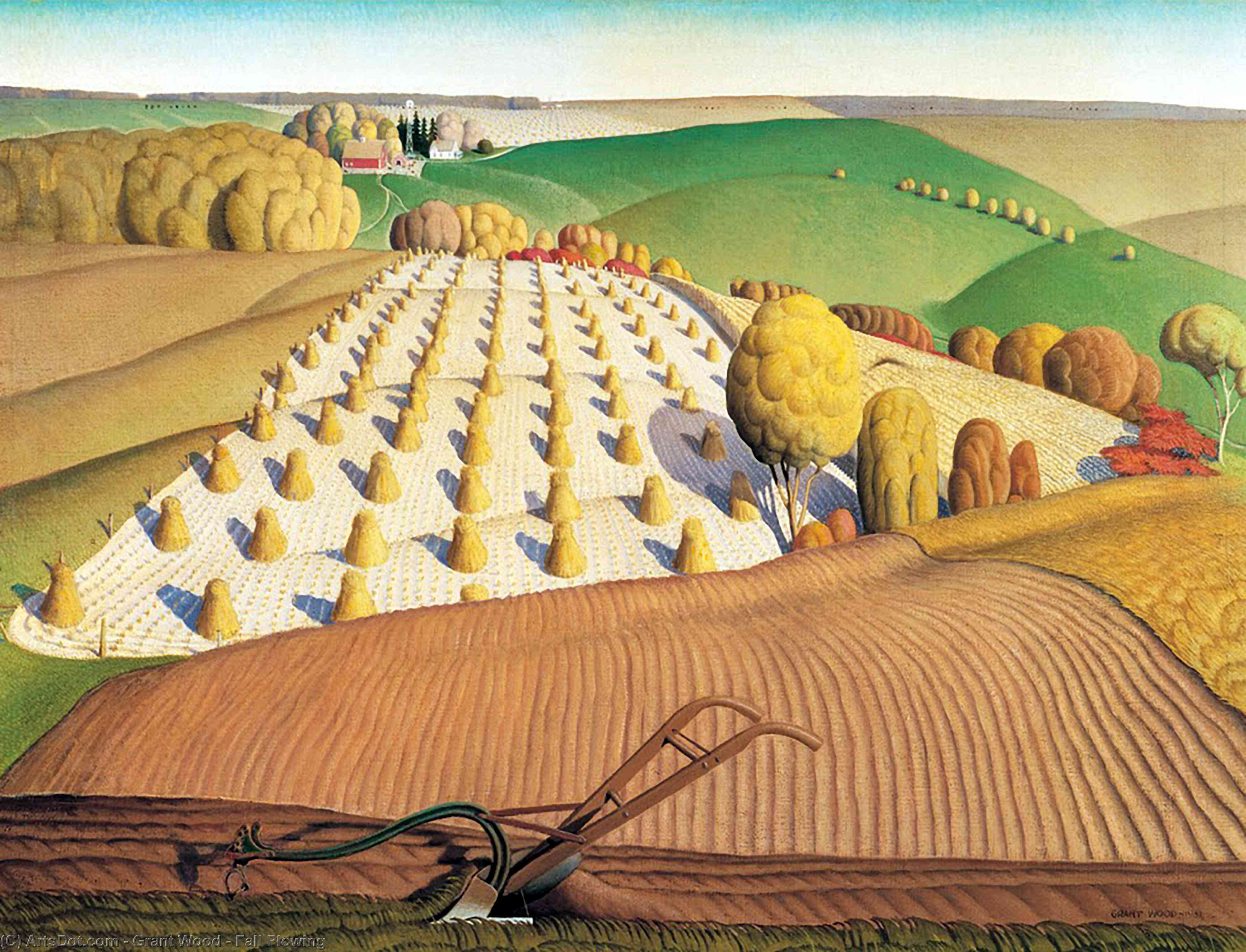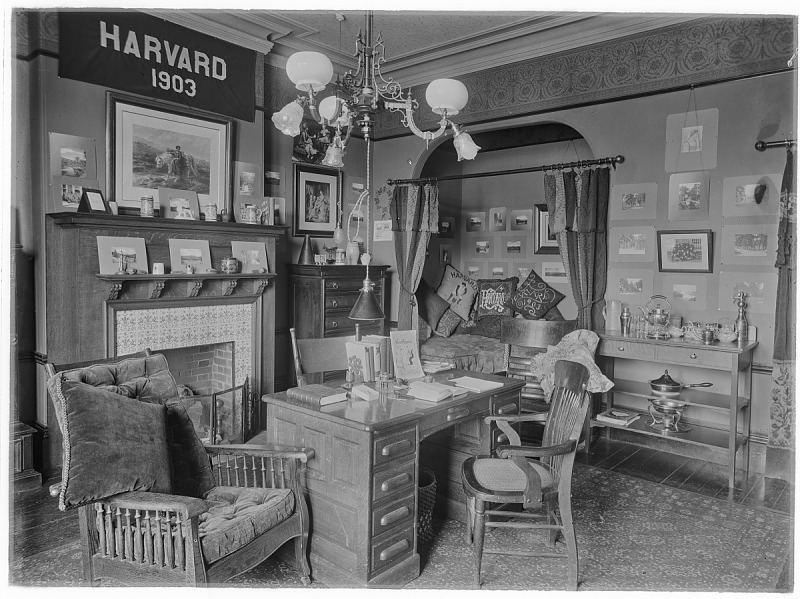“Wisconsin’s Most Beautiful Coffee Shop + New Classroom Reveal!”
- Home Page 47

Golf Course Operation & Maintenance
This content is accessible to paid subscribers. To view it please enter your password below or send mike@standardsmichigan.com a request for subscription details.
Evensong “Lullabye (Goodnight, my angel)”
Goodnight my angel, time to close your eyes
And save these questions for another day
I think I know what you’ve been asking me
I think you know what I’ve been trying to say
I promised I would never leave you
Then you should always know
Wherever you may go, no matter where you are
I never will be far away
Goodnight my angel, now it’s time to sleep
And still so many things I want to say
Remember all the songs you sang for me
When we went sailing on an emerald bay
And like a boat out on the ocean
I’m rocking you to sleep
The water’s dark and deep, inside this ancient heart
You’ll always be a part of me
Goodnight my angel, now it’s time to dream
And dream how wonderful your life will be
Someday your child may cry, and if you sing this lullaby
Then in your heart there will always be a part of me
Someday we’ll all be gone
But lullabies go on and on
They never die
That’s how you and I will be
— Billy Joel
Evensong “Lullabye/Goodnight, My Angel” 1992 | Billy Joel
Chór Warszawskiego Uniwersytetu Medycznego
Choir of the Medical University of Warsawhttps://t.co/dr1W8g7L6T@UniWarszawskihttps://t.co/Hfkl1LoWeehttps://t.co/Z55taDFARGhttps://t.co/RtUe81ojCN pic.twitter.com/JBDDzrOKnU— Standards Michigan (@StandardsMich) March 10, 2024
DYI Buttermilk & The Perfect Pancake
Understanding the Guns-and-Butter Curve & How It Works
Buttermilk is a tangy, dairy-based liquid often used in cooking and baking. It’s traditionally a byproduct of churning butter, but modern buttermilk is typically made by adding lactic acid bacteria to low-fat milk. This bacterial fermentation imparts its characteristic sour flavor and thickens the milk.
Buttermilk provides a pleasant acidity and moisture to recipes, especially in pancakes, biscuits, and marinades. It also aids in leavening, making baked goods rise. Additionally, buttermilk can be enjoyed as a refreshing drink on its own or blended with other ingredients for beverages and dressings, lending a delightful, tart quality.
School Lunch Milk
There is no single international standard for buttermilk, as its composition and characteristics can vary from one region to another.
Related:
ISO standards help ensure the quality, safety, and consistency of these products in international trade. Some ISO standards related to milk and dairy products include:
- ISO 7886-1:2005 – Milk and milk products — Determination of the protein content — Part 1: Test at 0.020 specific density (Reference method)
- ISO 1053:2006 – Milk — Enumeration of somatic cells
- ISO 21415-1:2006 – Milk — Enumeration of psychrotrophic microorganisms — Part 1: Colony-count technique at 6.5 degrees C
- ISO 11816-1:2013 – Milk — Determination of milkfat, protein, and lactose content — Part 1: Guidance on the operation of mid-infrared instruments
These standards cover various aspects of milk quality, testing methods, and safety parameters. Dairy products, including milk, undergo strict quality control and testing to ensure they meet the required standards for international trade and consumer safety.
“By All Your Saints Still Striving”
This hymn is most often sung to the tune “King’s Lynn”, a traditional English folk melody collected by Ralph Vaughan Williams in 1906. The hymn’s text was written by Horatio Bolton Nelson (1823–1913), an English priest and hymn writer. It is commonly sung in Anglican, Episcopal, and sometimes Catholic churches, particularly in the Anglosphere, during feasts honoring saints, including the Feast of Saints Peter and Paul on June 29.
Resident Counselors are current ND undergrads who mentor our high school students during on-campus programs. We’re so thankful for this group who share their love of @NotreDame all summer long. ☘️ ☀️ pic.twitter.com/bQQIKy1tR5
— Notre Dame Pre-College Programs (@NDPreCollege) July 21, 2022
World Census of Agriculture
”Create in me a pure heart, O God, and renew a steadfast spirit within me.„ Psalms 51:10
Have a blessed Sunday all who feed humanity! #dairy #beef … pic.twitter.com/BG68A4Sn5h— Ion Moraru 🇺🇦 (@IonMoraruDairy) February 18, 2024
University of North Carolina Greensboro: The Cobb Douglas Production Function
Much like its role as a discoverer of new knowledge and as a large consumer in the energy sector, education communities have a significant role in food security research and as a consumer in its school lunch programs, dormitory, athletic facility and healthcare enterprises. Accordingly — in much the same way we follow the US Census Bureau’s monthly construction activity report — we follow a data point provided by the US Department of Agriculture (USDA) as one of our stars to steer by.
Global crop lands visualized by @pythonmaps. Lots of fun things to spot on this map. Nile, Himalayas, Great Dividing Range (Australia), Sahara, Pampas. What else stands out to you? pic.twitter.com/Qdw5UJqZDB
— Simon Kuestenmacher (@simongerman600) September 15, 2023
The World Agricultural Supply and Demand Estimates is a monthly report published by the USDA that provides comprehensive forecast of supply and demand for major crops (global and United States) and livestock (U.S. only). The report provides an analysis of the fundamental condition of the agricultural commodity markets for the use of farmers, governments and other market participants.
World Agricultural Supply & Demand Estimates | September 12, 2025
We maintain the WASDE report on our periodic Nourriture colloquia. See our CALENDAR for the next online meeting; open to everyone
You’ll rarely need a doctor, lawyer, or policeman
But every day, three times a day, you need a farmer pic.twitter.com/X4CTPe11eT
— Conor Lynch (@c_k_lynch) July 25, 2022
More
Food Code 2022
Food safety is an obvious priority for education communities, given the prevalence of school lunch programs, student residence meal services, university-affiliated hospitals, athletic and entertainment event concessions — too many to count. We find food services in the interstitial spaces of traditional educational occupancies such as libraries and student recreation centers. Many land grant colleges and universities were founded to develop agricultural programs for local food supply and safety. It is fair to say that there are far more people involved in food preparation and delivery services than there are skilled tradespersons such as electricians, plumbers, carpenters, software programmers, etc.
The food supply chain is an essential feature of education community infrastructure so we track the literature of food safety and sustainability here; starting with one of its foundational documents with the force of law.
Masonry
“Buildings, too, are children of Earth and Sun.”
— Frank Lloyd Wright:
Today we sort through the best practice literature for designing and building education settlements with brick — the world’s oldest construction material. Masonry is a term used to describe the construction of structures using individual units that are bound together with mortar. Brickwork is a specific type of masonry that involves the use of bricks as the primary building units.
We use the terms interchangeably reflecting vernacular use in the literature. Brickwork in building construction lies in its ability to provide structural strength, fire resistance, thermal and sound insulation, aesthetic appeal, low maintenance, environmental friendliness, cost-effectiveness, and versatility.
Use the login credentials at the upper right of our homepage.
The genius of bricklayers on view here. A wonderfully ornamental effect is achieved almost entirely through ingeniously combining 228*108*54mm cuboids of baked mud. No sculpted mouldings, no fine imported materials, just brilliant and thoughtful craftmanship. pic.twitter.com/KxZw2HmFLD
— Samuel Hughes (@SCP_Hughes) October 19, 2023
Masonry is a construction technique that involves the use of individual units, typically made of materials like brick, stone, concrete blocks, or clay tiles, which are bound together with mortar to create walls, columns, or other structural elements. Masonry has been used for thousands of years and remains a popular method for building various structures, including houses, commercial buildings, bridges, and more.
The key components of masonry construction are:
- Masonry Units: These are the individual building blocks or pieces, such as bricks or stones, that form the structure. They come in various shapes, sizes, and materials, depending on the specific requirements of the project.
- Mortar: Mortar is a mixture of cement, sand, and water that is used to bind the masonry units together. It acts as both an adhesive and a filler between the units, providing strength and stability to the structure.
- Masonry Workmanship: Skilled craftsmen, known as masons, are responsible for arranging and securing the masonry units with mortar. Their expertise ensures the structural integrity and aesthetic quality of the finished product.
Masonry construction offers several advantages:
- Durability: Masonry structures are known for their longevity and resistance to fire, weather, and pests.
- Aesthetic Appeal: Masonry can be used to create intricate designs and patterns, making it a popular choice for architectural and decorative elements.
- Energy Efficiency: Masonry walls have good thermal mass, which can help regulate indoor temperatures and reduce energy costs.
- Low Maintenance: Masonry structures typically require minimal maintenance over the years.
Masonry can be categorized into different types based on the materials and methods used. Some common forms of masonry include:
- Brick Masonry: This involves using clay or concrete bricks to build walls and structures. It is widely used in residential and commercial construction.
- Stone Masonry: Natural stones, such as granite, limestone, and slate, are used to create walls and structures in this type of masonry. It’s often used for historical or architectural projects.
- Concrete Block Masonry: Concrete blocks are used to construct walls in this form of masonry, and it’s commonly seen in industrial and commercial buildings.
- Reinforced Masonry: Steel reinforcement is incorporated into masonry walls to enhance structural strength.
Masonry is a versatile construction method that can be used in various applications, and it continues to be a fundamental part of the construction industry.
More:
College of West Anglia: Bricklayer Apprenticeship
North Carolina State University Industry Expansion Solutions: Fireplace & Chimney Safety
Salt Lake Community College: Brick Mason
Occupational Safety and Health Administration: Fall Protection
Crisp, Cinnamony Waffles & Nitro Cold Brew
Boston University Financial Position 2023: $8.3B | Campus Planning & Operations
Like many educational settlements in the United States, the original inspiration for the 1839 founding of Boston University by the Newbury Biblical Institute of the Methodist Episcopal Church was to train ministers. In 1867, it relocated to Boston, Massachusetts, becoming the Boston Theological School. By 1869, under the leadership of founders Isaac Rich, Lee Claflin, and Jacob Sleeper, it transformed into Boston University, expanding beyond theology to a broader liberal arts curriculum.
By 1869, under the leadership of founders Isaac Rich, Lee Claflin, and Jacob Sleeper, it transformed into Boston University which, in the fullness of time, morphed into a liberal arts settlement that supported Howard Zinn; inspiring student Alexandria Ocasio-Cortez among others.
Despite the historical body count of Marxist-Leninist governance regimes, knowledge workers generally, and at Boston University specifically, confound the claim to Christian roots. (Reference Sir Roger Scruton: “Why Intellectuals are Mostly Left”)
BU Today: Our occasional series picks up with your morning pick-me-up
Related:
New update alert! The 2022 update to the Trademark Assignment Dataset is now available online. Find 1.29 million trademark assignments, involving 2.28 million unique trademark properties issued by the USPTO between March 1952 and January 2023: https://t.co/njrDAbSpwB pic.twitter.com/GkAXrHoQ9T
— USPTO (@uspto) July 13, 2023
Standards Michigan Group, LLC
2723 South State Street | Suite 150
Ann Arbor, MI 48104 USA
888-746-3670
























